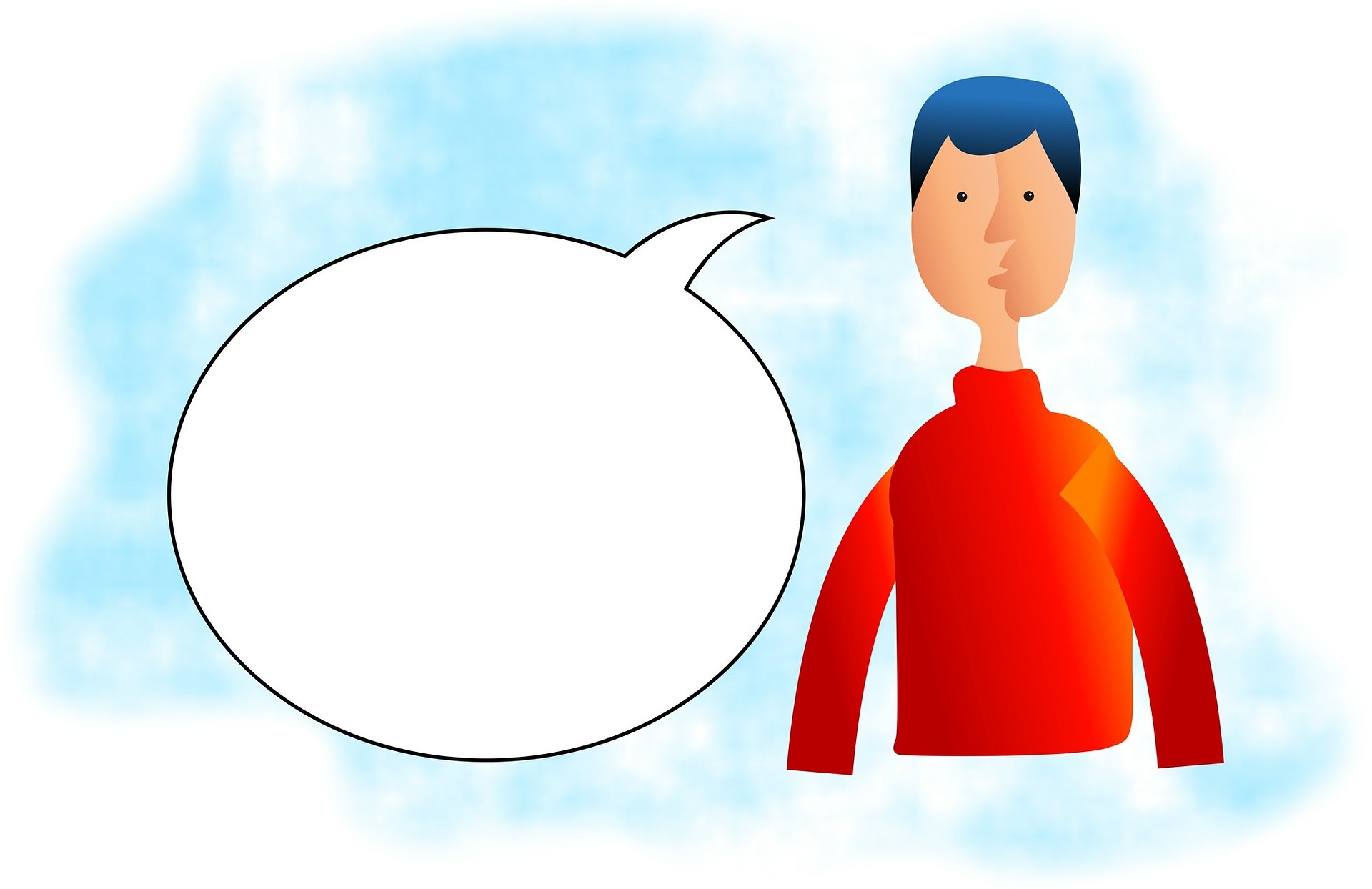AAC With In-App Message Banking
Professor Stephen Hawking started communicating with his state of the art AAC system in the 1980s. The original synthesized voice he used was a recorded version of speech from MIT professor, Dennis Klatt, who was an early developer of text-to-speech technology.
Years later, when Intel offered Hawking an upgraded technology complete with a new voice, he refused. He had become attached to the voice he had been using for so long and he would not give it up. (more info on this story from Shared available here)
We see our voice as a part of who we are. The way we sound when we speak is a connected piece of our personality. Having a voice that matches our vision of self matters.

This is one reason there are so many synthesized voices available for use by those who cannot vocalize on thier own. But it is also the reason that message banking becomes such an important option when it comes to augmentative communication.
There are many times that banked messages, a pre-recorded array of expressions, may become significant in a person's life.
Maybe the person is facing a struggle that he or she knows will take their voice. Perhaps the person has been diagnosed with ALS and knows they will likely lose the ability to speak. It could be that due to an upcoming surgery or other treament speech will be impaired or unavailble to someone for an extended period of time.
Whatever the cause, being able to keep a library of recorded words and phrases can help to preserve a person's identity by making their own voice available even when they are unable to speak.
While there are companies out there that take banked messages to create a customized synthetic voice, this option can be quite expensive. CoughDrop has added a message banking feature to its AAC software to allow users to preserve spoken words and phrases which can then be saved on AAC speech buttons so the voice heard is actually the person's voice.
While recording the voice of a person when it is available for later use is an amazing option, there are even more opportunities to use this technology to benefit AAC communicators.

In the case of one AAC user, although she has never been able to speak aloud, her family wanted her to have a voice that felt like her own. The family recorded her younger sister speaking several phrases and singing some family favorite songs. They then used some basic technology to adjust the voice and make it a bit deeper so that she had her own customized voice that can then be saved to specific speech buttons for use with her family and friends.
CoughDrop's built-in message banking feature can give people the option to preserve the voice that has come to be an important part of who they are.
